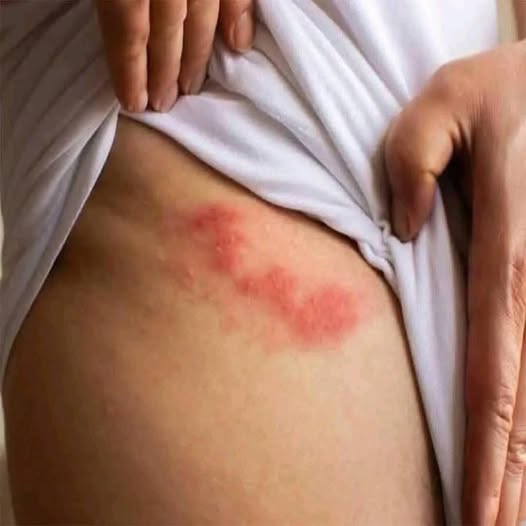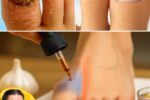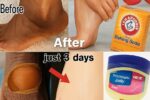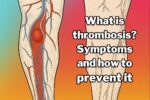Discover the symptoms, treatment, and prevention of shingles after age 50 — protect yourself with vaccination and simple steps.
Feeling a burning sensation that turns into a band of blisters on your skin is not a “stress thing” nor a harmless sign of sensitive skin.
In many cases, it’s shingles — the chickenpox virus that has lain dormant in your body since childhood and decided to wake up decades later.
The disease is more common after the age of 50 or when the immune system is weakened, and is accompanied by intense pain that can last for months if you don’t act quickly.
The good news: there’s effective treatment within the first 72 hours and a vaccine with over 90% protection. Knowing how to recognize the signs, seeking help early, and staying up-to-date on immunizations makes all the difference.
What is shingles?
When the varicella-zoster virus “awakens,” it travels along the sensory nerves and inflames everything in its path.
The result is an acute episode of pain, tingling and then blisters grouped together in a single band, usually on the trunk or face.
Since the virus likes to stay “quiet” in the neural ganglia, an immune imbalance is enough for it to return to the scene.
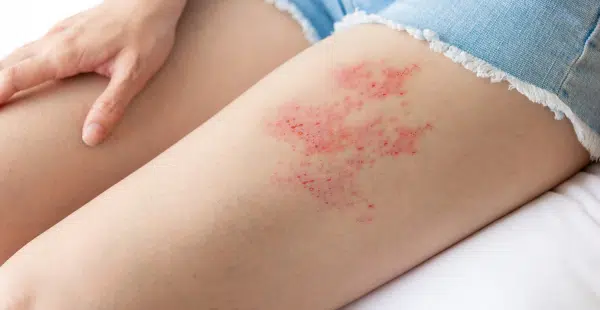
How to recognize the first signs?
You may feel:
-
- Localized pain or burning — even before any blemishes appear;
- Tingling or hypersensitivity in the skin;
- Red blisters in a strip, respecting the laterality of the body;
- Possible fever, fatigue or headache in the first few days.
If the pain appears suddenly and worsens when touched, see a doctor: starting antiviral therapy within the first 72 hours reduces the duration and severity of the attack.
Is shingles contagious?
Only partially. Anyone who has had chickenpox or been vaccinated cannot “catch” shingles from another person.
But the fluid from the blisters contains active virus capable of causing chickenpox in those who have never been exposed.
Therefore, cover the lesions, wash your hands thoroughly and avoid close contact with pregnant women, babies and immunosuppressed people until scabs form.
Treatment: the sooner the better
-
- Antivirals (acyclovir, valacyclovir) started within 72 hours after pain reduce complications.
- Analgesics and anti-inflammatories help control immediate pain.
- Cold compresses or calamine lotion relieve itching.
- Maintain rest, hydration and a light diet.
Quick tip for itching
A bath of warm oatmeal or cornstarch in water provides relief without damaging the skin — dry gently with a soft towel, without rubbing.
Dreaded complication: postherpetic neuralgia
In about 10% of cases, the pain persists months or years after the blisters disappear.
Postherpetic neuralgia is more common in older adults and can disrupt sleep, mood, and routine.
Starting treatment early and using antivirals greatly reduces this chance.
Who should get vaccinated?
- Adults from 50 years old ;
- People aged 18 and over with illnesses or treatments that lower immunity;
- Anyone who has had shingles (prevents recurrence).
Talk to your doctor about spacing between other vaccines and possible mild reactions, such as a sore arm or low-grade fever.
FAQ
Can shingles appear more than once?
Yes, but vaccination and immune system care significantly reduce this risk.
Can I work while I have shingles?
Yes, if there’s no fever or severe discomfort. Cover the lesions and avoid contact with vulnerable people until the scabs dry.
Is heavy analgesia addictive?
Used under prescription and for a short period of time, strong medication is not addictive. The goal is to prevent chronic pain.
Do people who had chickenpox as children need to get vaccinated?
Yes, because the virus is already in the body and can reactivate. Immunization strengthens the immune system and prevents further outbreaks.
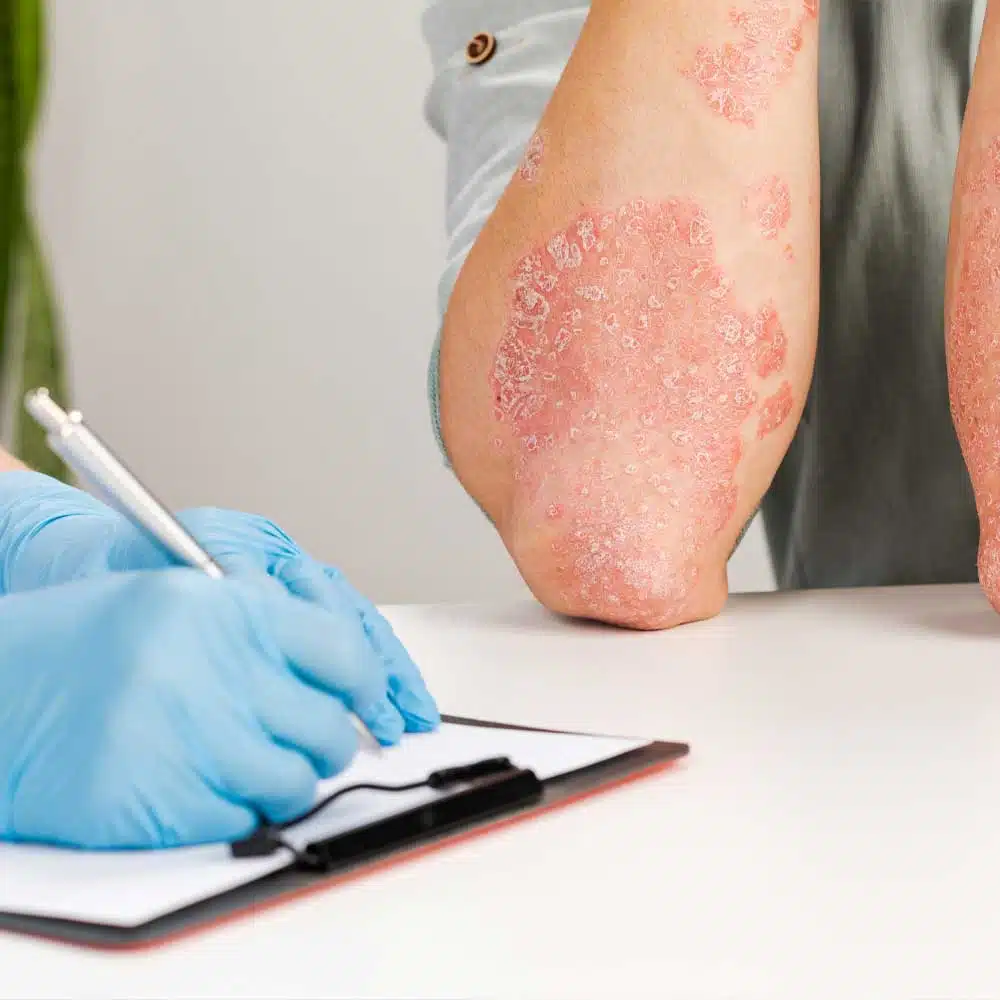
Shingles isn’t just a “little bump on the skin”; it’s a painful infection that can leave lasting scars.
Identifying symptoms early, starting treatment within 72 hours, and getting vaccinated after age 50—or earlier, if your immune system requires it—are practical steps to keep this viral pain far away from your daily life.
